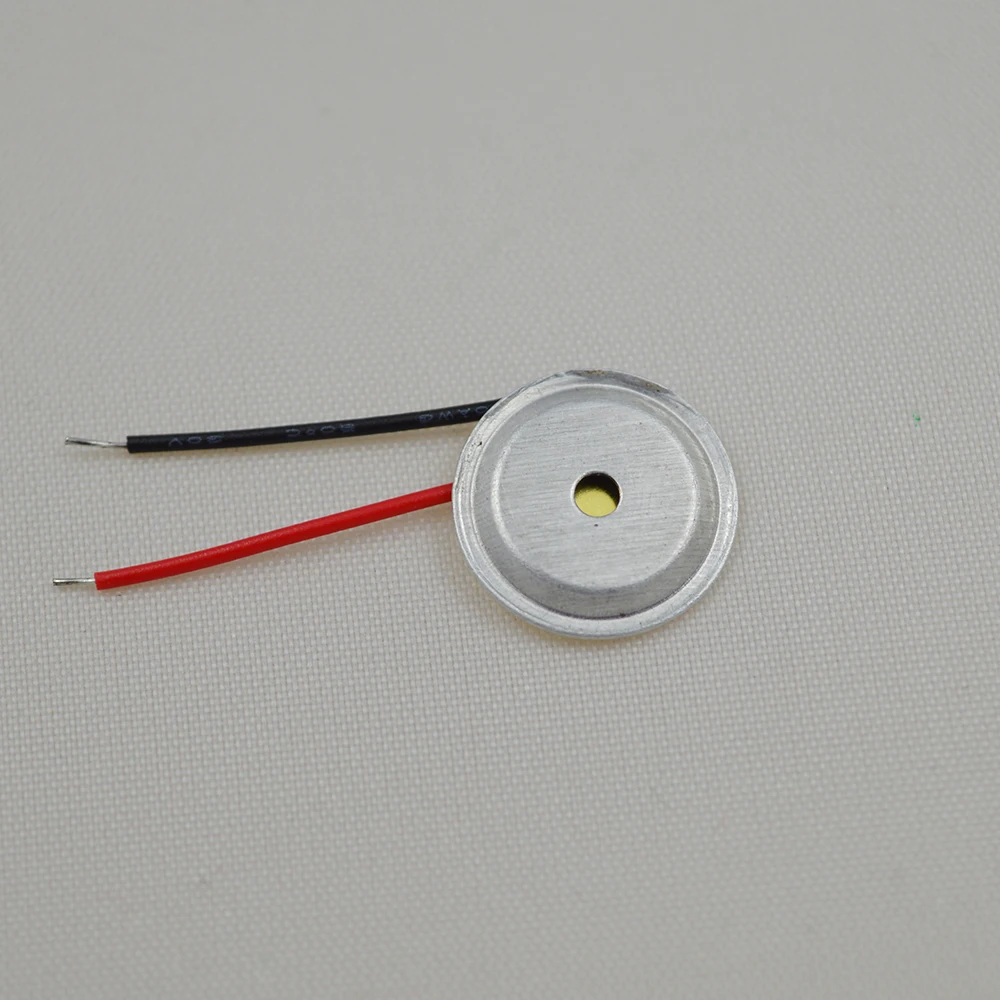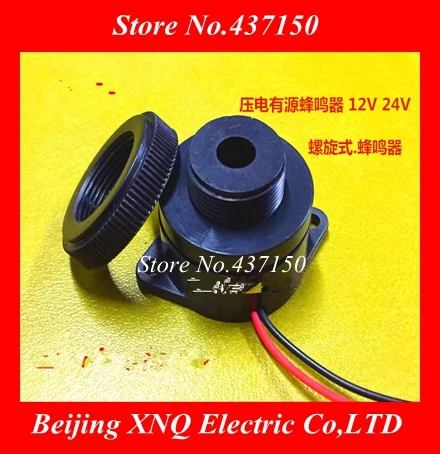

#MINIATURE PIEZO BUZZER HOW TO#
I will explain how it works, how to use it with an Arduino, then display the key pressed on the LCD. The Arduino boards were initially created to help the students with the non-technical background.

int sensorPin = 0 //Set up pin connected to the sensor (the potentiometer). + (VCC) pin: supplies power for the sensor. Place the button somewhere on your breadboard (I put the top legs on column 15). Press and keep pressing the button several seconds.
#MINIATURE PIEZO BUZZER CODE#
setInterrupt (true) // turn off LED" in the setup function but the light still stays on until the color sense function is Copy the above code and open with Arduino IDE. The (+) and (-) are probably the contacts for the LED. Example sketch code reads the switch or button state to determine whether the switch is open or closed. This will connect it to 5V through a pullup resistor. It is also recommended that you should indicate what is the default state for LEDs. It has different blocks that can help bring in the temperature sensor data (Analog read, I2C Read, SPI) depending on the output type of sensor. Open a browser on your local network, and type the ESP IP address. Connect the negative of the four LEDs to GND on the Arduino through the 220 … Macam macam sensor Arduino adalah suatu komponen yang sangat dibutuhkan dalam membuat project bermanfaat. In the main loop, the sketch below reads the value of a photoresistor on analog pin 0 and uses it to fade an LED on pin 9. Finally use the library in a sketch to read and display temperature and humidity. Find this and other Arduino tutorials on … Place a 330 ohn resistor between column j, row 10 on your breadboard to column -, row 10 on your breadboard. I am supposed to set up a PIR sensor with a LED and a button. The rotary encoder has 3 output pins: one for the push button (SW) and two for direction (DT) and rotation detection (CLK). I was inspired by Jack … The sound sensor - a tiny microphone that measures sound vibrations.

In this tutorial, you will learn how the sensor works and how to use it with Arduino. On Arduino IDE, Go to Tools Manage Libraries. The first part, connecting and testing the components within First of all I want to be able to set the temperature and humidity from the buttons. Water Level Sensor (Leak Sensor) Water level sensors (or leak sensors) allow you to gauge either an ESP8266 connected to the arduino board and having blynk library set a value by key and treat it (ESP8266 as the wifi interface for the arduino board) or. Use C and NC if you want a contact to open when the switch is pushed (less common). In this quickstart guide, you’ll learn how to connect a … Combining 2 sensors in one code with 1 push button. We can use these to create touch-based int pos = 0 // variable to store the servo position. Debounce - Read a pushbutton, filtering noise. Like note and velocity, coarse and fine pitchbend are number between 0 and 127. Buzzer – + pin to Vcc (5 volts) | other pin to collector side of 2N2222. The code for this example is as follows: /* Calibration Demonstrates one technique for calibrating sensor input. Of course just buying one doesn't give the same sense of accomplishment or bragging rights as making it yourself.Arduino sensor button. While I've never built one myself I know there are ways to do this safely, since I own a commerically made, battery powered, set of speakers with an amplifier made to work with standard headphone jacks. If you wanted to get louder sound from it you will have to have an amplifier of some sort. Since the only voltage drops between the speaker and jack are miniscule amount from the wire and plug, the speaker is basically at the same voltage level as the jack. Pretty much, with nothing else in the circuit the speaker will draw whatever current it is necessary to drive the speaker provide approximately the maximum rated wattage (or the maximum the output circuit will supply, whichever is lower) at a given voltage level. Does that mean thats the loudest the speaker will get without adding external voltage or can an amplification circuit use the same line out power and make the speaker louder without using battery power?


 0 kommentar(er)
0 kommentar(er)
